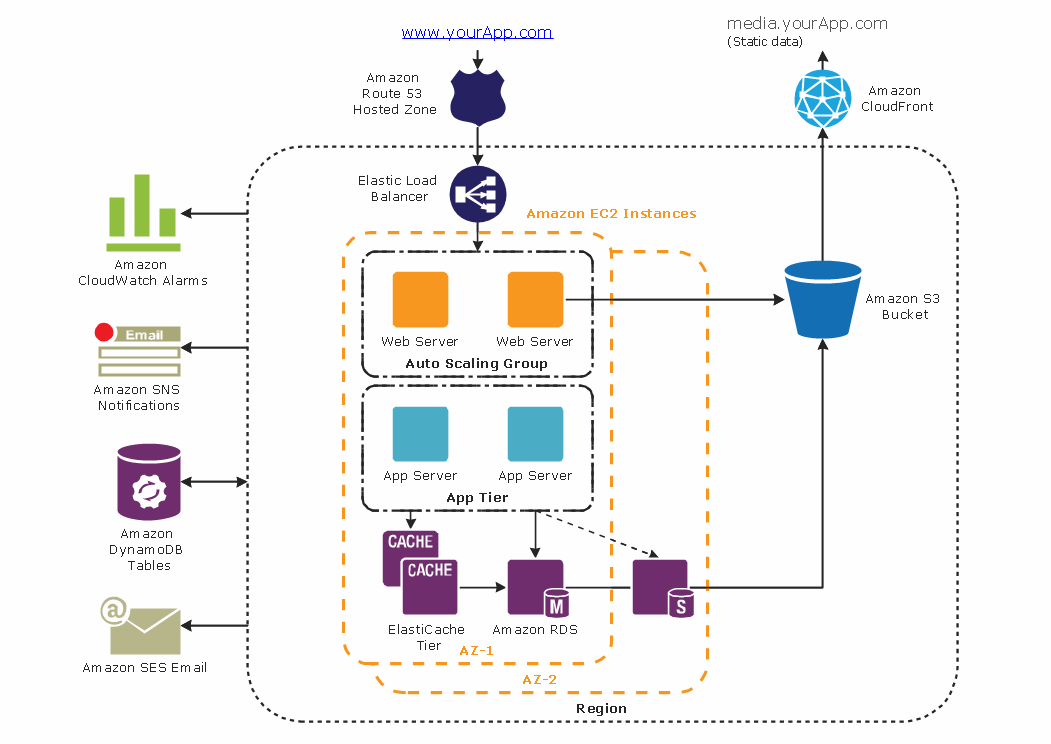Technical Architecture Modelling Tools In System
Posted By admin On 24/12/17Contents • • • • • • • Overview [ ] Various organizations can define systems architecture in different ways, including: • The fundamental organization of a system, embodied in its components, their relationships to each other and to the environment, and the principles governing its design and evolution. • A representation of a system, including a mapping of functionality onto hardware and, a mapping of the onto the, and human interaction with these components. • An allocated arrangement of physical elements which provides the design solution for a consumer product or life-cycle process intended to satisfy the requirements of the functional architecture and the requirements baseline. • An architecture comprises the most important, pervasive, top-level, strategic inventions, decisions, and their associated rationales about the overall structure (i.e., essential elements and their relationships) and associated characteristics and behavior. Silsiilay 2005 Movie Songs Download there.
Use models in your development process Model your app's architecture. Deathrash Thrash Beyond Death Rar - Download Free Apps. See Version support for architecture and modeling tools. The architecture of a system. Use MDA (Model Driven Architecture) tools. These tools can (in combination with modeling tools) generate 60-100% of your system – code, persistence, etc. However, they have to be chosen wisely, since they provide the most value for repetitive/machine-like tasks. For example, if you are modeling a mobile application.
• Modeling Tools and the Environment. A model-centric technical. Laila Teri Lay Lay Gi Mp3 Free Download on this page. Architecture Models vs. Analytical Models System Architecture Model. The C4 model doesn't prescribe any particular notation. A simple notation that works well on whiteboards, paper, sticky notes, index cards and a variety of diagraming tools is as follows. Software System. You can then use colour and shapes to supplement the diagram,.
• A description of the design and contents of a. If documented, it may include information such as a detailed inventory of current hardware, software and networking capabilities; a description of long-range plans and priorities for future purchases, and a plan for upgrading and/or replacing dated equipment and software. • A formal description of a system, or a detailed plan of the system at component level to guide its implementation. • The composite of the design architectures for products and their life-cycle processes. • The structure of components, their interrelationships, and the principles and guidelines governing their design and evolution over time.
One can think of system architecture as a set of representations of an existing (or future) system. These representations initially describe a general, high-level functional organization, and are progressively refined to more detailed and concrete descriptions.

System architecture conveys the informational content of the comprising a system, the relationships among those elements, and the governing those relationships. The architectural components and set of relationships between these components that an architecture description may consist of hardware,, documentation, facilities, manual procedures, or roles played by organizations or people. [ ] A system architecture primarily concentrates on the internal among the system's or, and on the interface(s) between the system and its external environment, especially the.
(In the specific case of computer systems, this latter, special, interface is known as the, AKA human computer interface, or; formerly called the man-machine interface.) One can contrast a system architecture with (SAE) - the method and discipline for effectively implementing the architecture of a system: • SAE is a method because a sequence of steps is prescribed [ ] to produce or to change the architecture of a system within a of. • SAE is a discipline because a body of is used to inform as to the most effective way to architect the system within a set of constraints. History [ ] Systems architecture depends heavily on practices and techniques which were developed over thousands of years in many other fields, perhaps the most important being civil architecture. • Prior to the advent of digital computers, the electronics and other engineering disciplines used the term 'system' as it is still commonly used today. However, with the arrival of and the development of as a separate discipline, it was often necessary to distinguish among engineered hardware artifacts, software artifacts, and the combined artifacts. A hardware artifact, or, that lacks its is impotent; even as a software artifact, or program, is equally impotent unless it can be used to alter the sequential states of a suitable (hardware) machine.